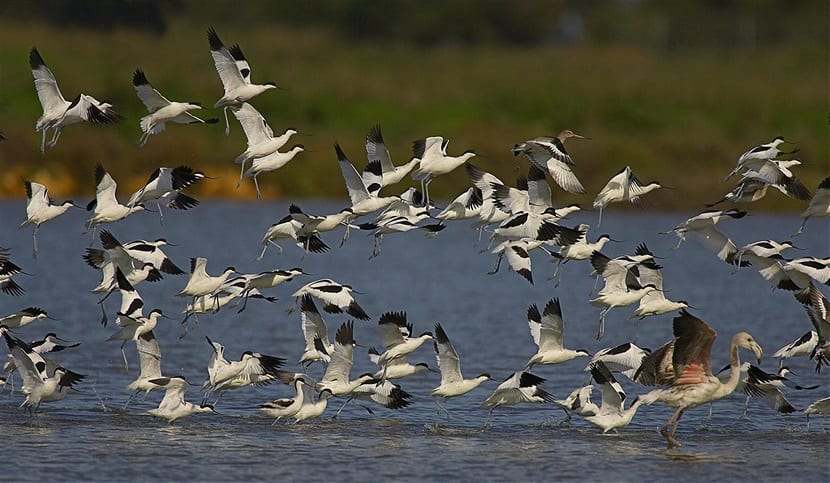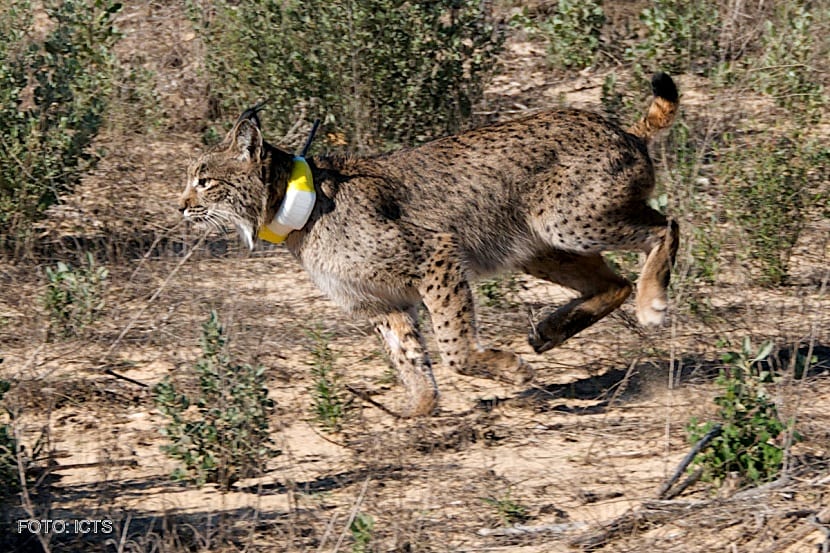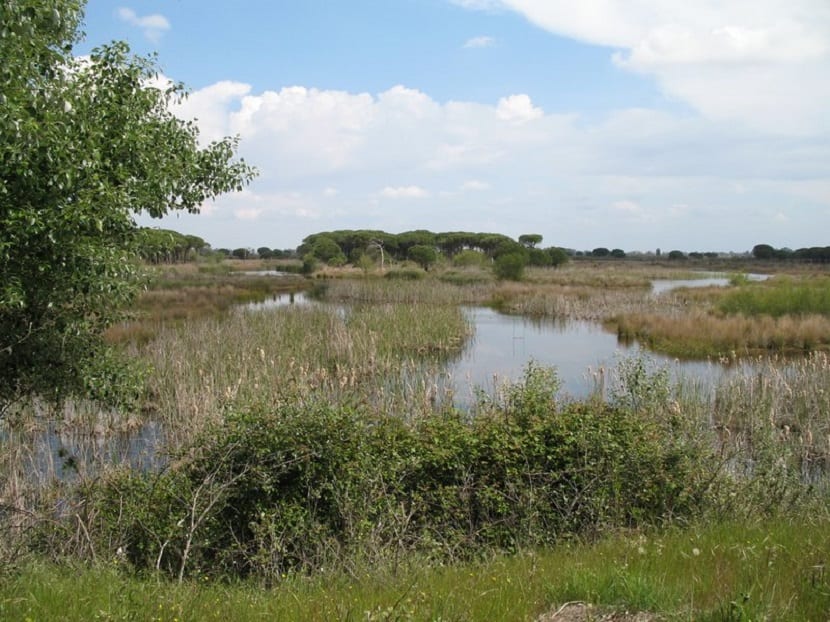
The fire that has taken place in La Peñuela de Moguer (Huelva) and that has reached the Doñana Natural Area, It has made us reflect on the importance of the maintenance and good conservation of this place.
Today, to remind and make the population aware of the importance of Doñana, we are going to talk a little about what we want to preserve and how important it is.
Doñana national park

The Doñana Natural Area was declared as such in 1999 and both the National Park and the Natural Park were integrated into the list of protected natural spaces. The law that controls National Parks is much stricter than that of Natural Parks. Due to the high level of biodiversity and the functionality of the ecosystems that exist in the Doñana area, it is necessary that the protection regime be much higher.
According to the website of the Junta de Andalucía, the Natural Area of Doñana, which includes both parks, It is the largest ecological reserve in Europe. This is because the natural area of Doñana harbors a unique biodiversity, in which two emblematic species stand out, such as the Iberian lynx and the imperial eagle. These two species are today in danger of extinction. In addition, the lagoons that exist in Doñana allow many birds to have a place of passage, breeding, reproduction and nesting of many migratory species from Africa and Europe.
A place with more than 100.000 protected hectares
It comprises a protected area of 108.087 hectares, which are distributed almost equally between the protection categories of Natural Park (53.835 hectares) and National Park (54.252 hectares). It sounds a bit ironic that it is said that areas are protected when there has been a big fire and there has been little prevention or protection over it. However, on this natural space falls a long list of national and international recognitions that highlight the importance of its natural and cultural heritage.
The first thing that was protected, declared in 1969, was the National Park, jewel of everything that you want to keep with a greater need. The ecosystems that it possesses are so important for many species that their stability is very fragile and their need to conserve it becomes imperative. We remember that thanks to these natural ecosystems, emblematic species such as the Iberian lynx and the imperial eagle are still preserved. The marsh is a place of passage, breeding and wintering for thousands of European and African birds, which makes it an ecosystem of high ecological value.

Doñana is declared a UNESCO World Heritage Site (1994) and it is integrated in the Network of National Parks. For a natural space to be a National Park it must have a high natural and cultural value, it must be little altered by human activity, it must host unique flora and fauna or special geomorphological formations that make its conservation necessary. In addition, it is declared of general interest of the nation as it is representative of the Spanish natural heritage and is protected by law.
It must also have a large enough surface to allow its natural evolution and natural ecological processes. If it is not so large superficially, we would be talking about a natural reserve, whose protection regime is even higher. In the National Parks there are no habitable urban centers within them, except in exceptional cases. On the other hand, in the Natural Parks, urban centers are allowed.

For its part, the Doñana Natural Park, of regional recognition, was declared on July 28, 1989 and is located in the extreme southeast of the province of Huelva, southwest of Seville and northwest of Cádiz. The declaration of a natural park is made by decree by the Governing Council of the Junta de Andalucía. This area serves as a buffer for human impacts to act as a "cushion" for any action.
As you can see, what is being protected in Doñana is emblematic of Spain, a unique biodiversity and natural spaces with high ecological value.
